The Mate 9 features overall excellent image quality in a wide variety of conditions. Image lovers will appreciate its preservation of fine details, and its generally accurate white balance. Those looking to capture action scenes will appreciate its accurate autofocus. Some inconsistent exposures and ghosting, however, are part of what keep the Mate 9 from rating even higher.
Both the color and monochrome sensors that make up the main camera are 20MP Sony sensors, coupled with f/2.2-aperture, 27mm focal-length-equivalent lenses. One sensor is a traditional color sensor, capturing red, green, and blue (RGB). The other is monochrome, capturing a grayscale image without any intervening color filter array. The Mate 9 supports both JPEG and RAW image capture as well as 1080p and 720p video.
Outdoor photos
For the most part, the Mate 9 does an impressive job of capturing outdoor scenes. In many cases, the two-sensor combination produced levels of detail you’d expect to find on a camera with a larger sensor. Images taken outdoors in good light have accurate exposure and excellent detail. In poor light, the Mate 9 is prone to slight underexposure and loss of detail in shadow areas compared to top-rated phones.
Low-light and indoor scenes
The Mate 9’s second sensor is ideal for helping it capture low-light scenes with low noise. That makes it an excellent choice for capturing the moment when shooting indoors and flash isn’t practical. There are some tradeoffs, though, as reliance on the monochrome sensor in low light can detract from the quality of color rendering.
Flash photos
In general, the Mate 9 does a good job with photos requiring flash – especially if there is also some ambient light to help. Exposures are good with or without ambient light, but flash photos taken without other light sources often show a slight green cast.
Video
The Mate 9 does a solid job of recording video in most situations, especially where there is enough light. Its autofocus is fast and reliable, although its stabilization is not as strong. Colors and white balance are also accurate. Indoors, and in low light, videos can show motion artifacts as well as increased noise and a loss of contrast.
Tech note: The Huawei Mate 9’s dual-camera system
As with the one in its P9 model, the main camera in the Huawei Mate 9 is made up of a traditional color sensor paired with a monochrome sensor. Because the monochrome sensor doesn’t have any colored filters in front of it to reduce the light it receives, it can capture more photons in the same amount of time. This results in reduced noise in low-light conditions, and no filters also gives it an advantage when it comes to resolving fine details. To make use of those features, the Mate 9’s firmware needs to accurately align and effectively combine the images from the two sensors. When done correctly, it results in a full-color image — one with reduced noise, enhanced detail, and greater dynamic range.
Details: Explaining the score
Exposure and Contrast (88)
In most situations exposure is accurate, although there are tendencies toward underexposure and inconsistent exposure in cloudy conditions. When this happens, there is also a loss of detail in the darker areas of images.
Color (84)
The Mate 9’s color rendering is greatly improved over the P9, and is now competitive with other good phones on the market. In particular, white balance is quite good – although not always consistent from shot to shot. There is some color shading in low light, as well as a slight pinkish cast visible in images taken under incandescent lights.
Autofocus (90)
The Mate 9’s Autofocus is superb in good light. In low light, it proved to be accurate, but slow. Also in low light, the preview sometimes wouldn’t stabilize.
Details (91)
Noise (88)
The second camera on the Mate 9 helps it achieve an excellent Detail score, even in low-light conditions. Similarly, its excellent Noise score can also be partially attributed to the additional sensor. However, the need to combine the two images may also partially explain why the camera is susceptible to some high-frequency luminance noise in low light.
Artifacts (81)
This is one of the most inconsistent areas for the Mate 9. We noticed a variety of artifacts that would occur in specific cases, but we were unable to get a good sense of what circumstances caused them. In some scenes, ghosts were visible on moving objects, while others showed desaturation in large colored areas.
Flash (81)
Flash exposures are quite good, and colors are good when flash is combined with ambient light. However, in flash-only scenes, the Mate 9’s images often show a slight green cast:
Video (82)
Strong scores in Exposure, Color, and Texture
Video exposure was quite good, and the Mate 9 has excellent detail preservation in bright light. Color reproduction was also very good, as was white balance. Video autofocus was fast and repeatable.
Weaknesses in video
Stabilization is relatively weak, with jello effects visible when walking. Noise and some color shading are also visible in low light, along with some loss of fine detail.
Summary: An excellent camera in a value-priced large-screen phone
While the Mate 9’s camera doesn’t quite match the very best on the market, it is impressively close, and a major step up from the company’s previous efforts. It is a great all-around performer, although purists may be bothered by some of its inconsistencies from shot to shot.
Photo Pros
- Good detail preservation
- Accurate white balance
- Proper exposures
Video Pros
- Good exposure
- High-quality detail preservation
- Reasonably good stabilization
Photo Cons
- Inconsistent outdoors when cloudy
- Some ghosting issues
- Flash color cast
Video Cons
- Jello effect when walking
- Visible noise in low light
- Loss of fine details in low light


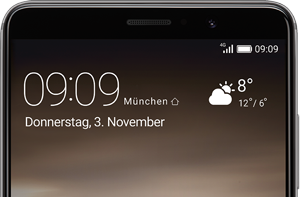


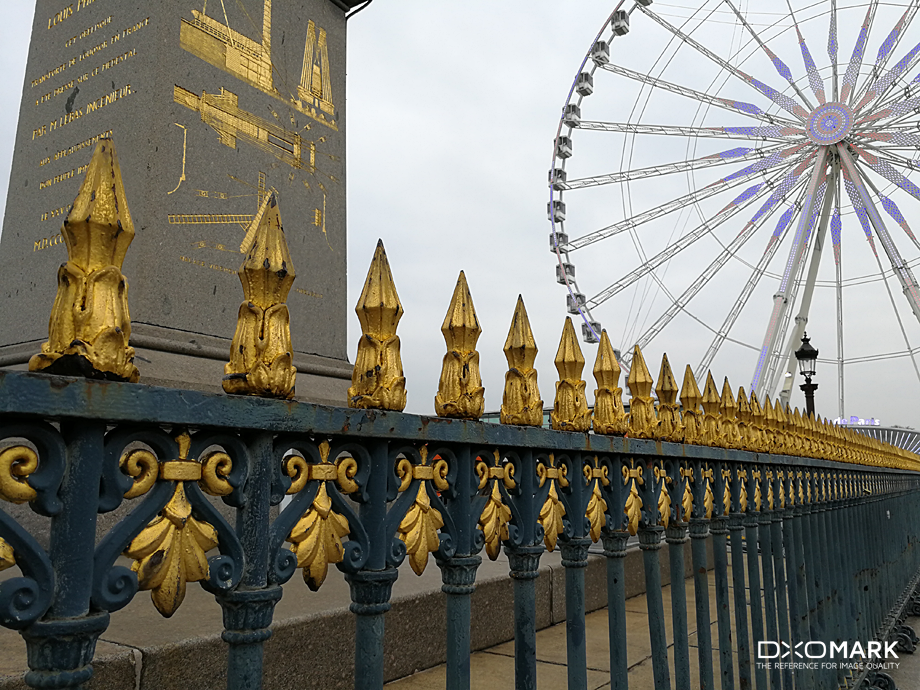
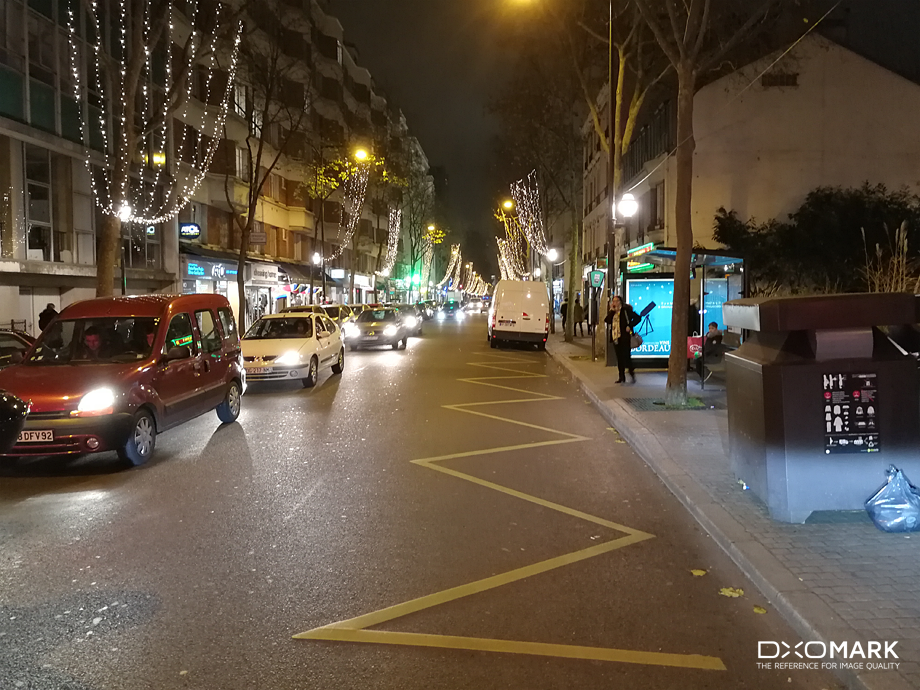
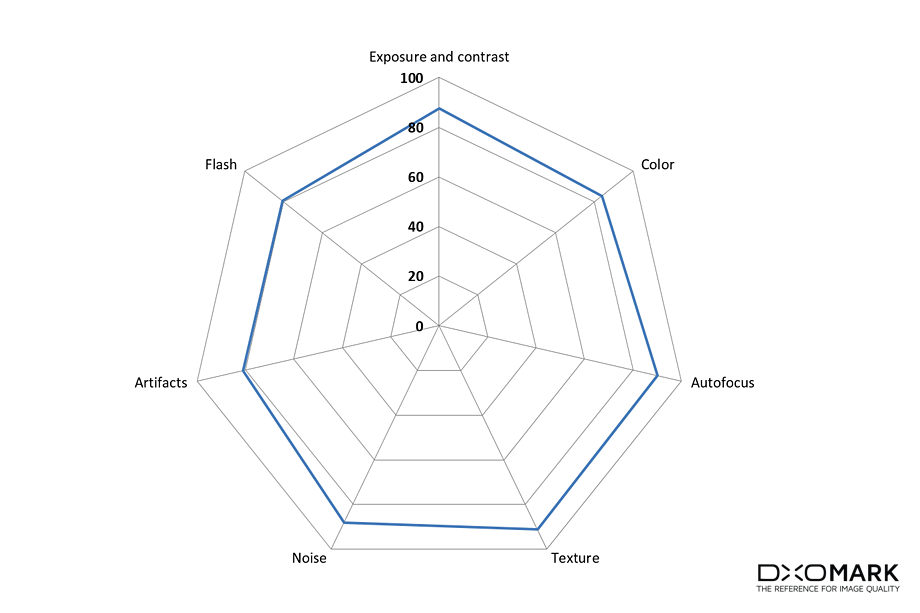
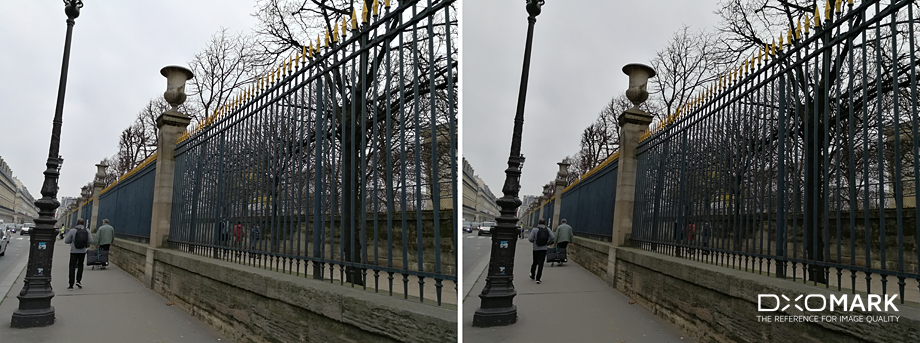
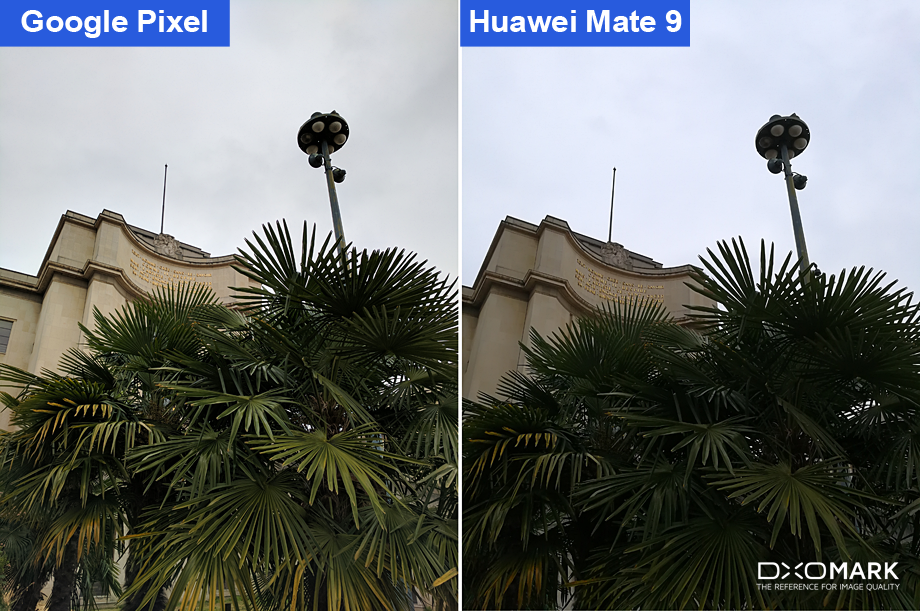
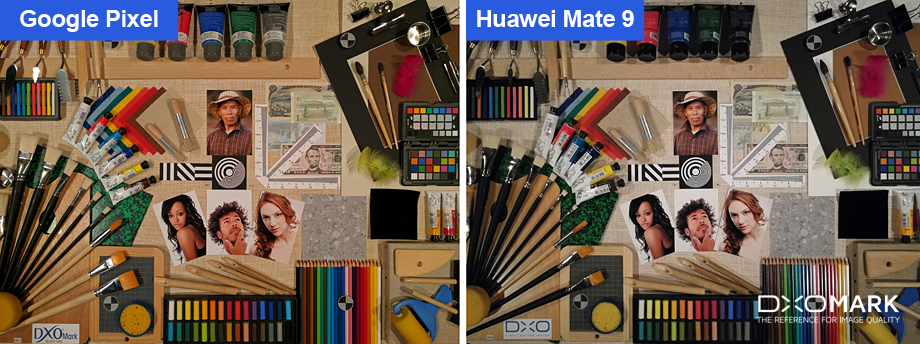
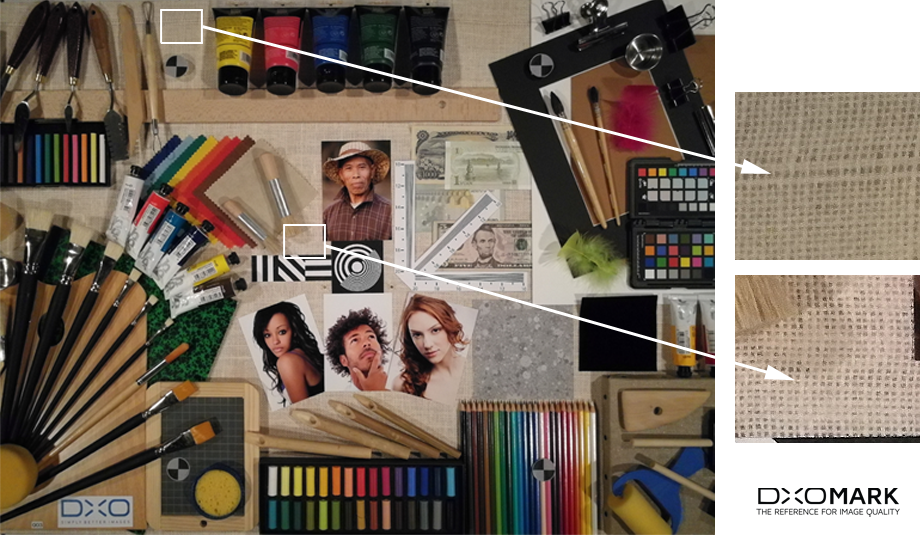
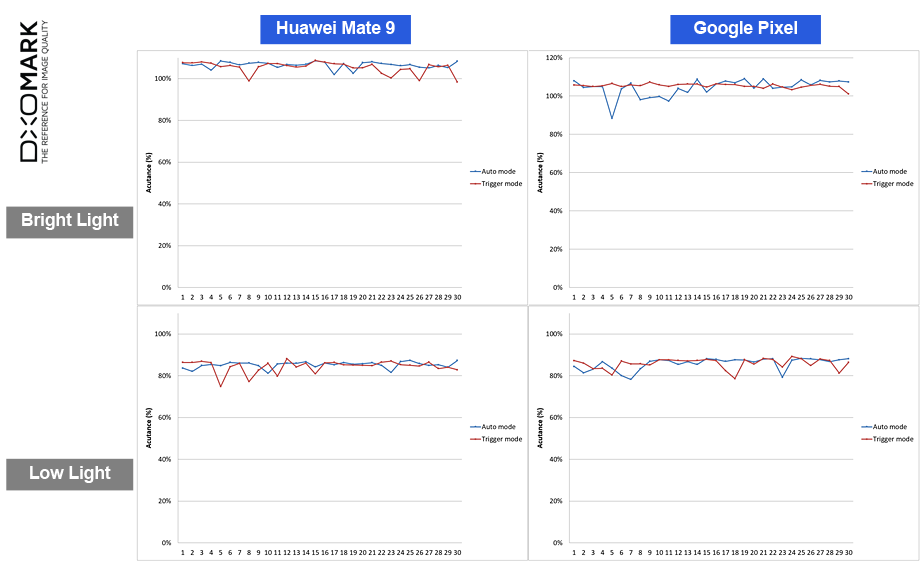

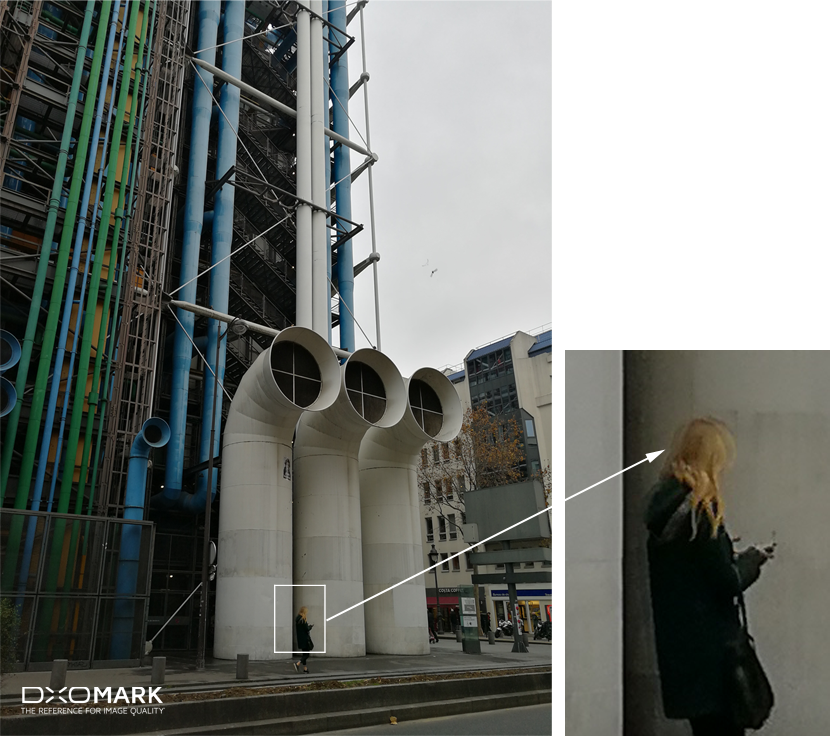
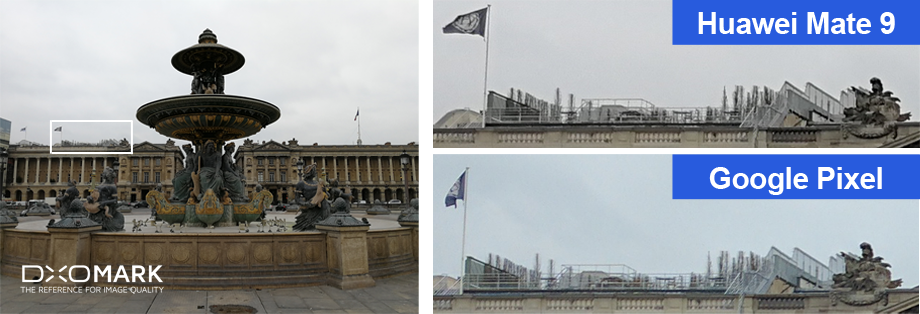
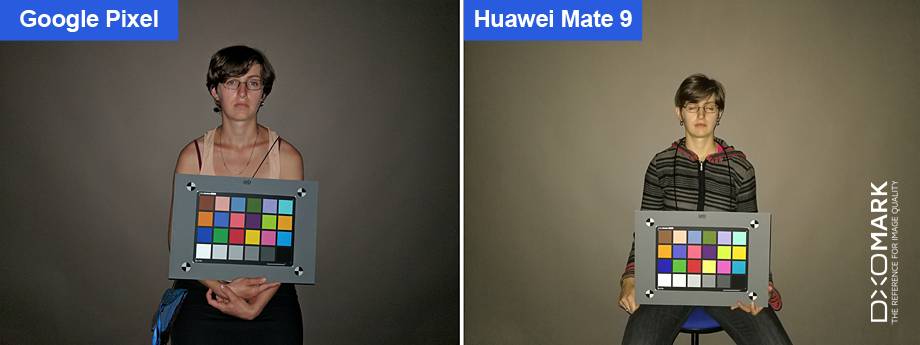
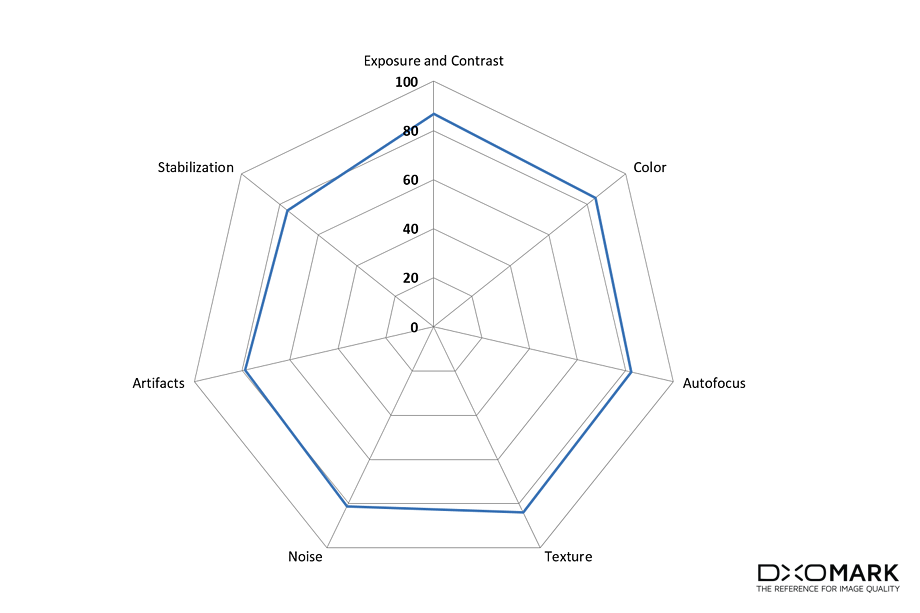
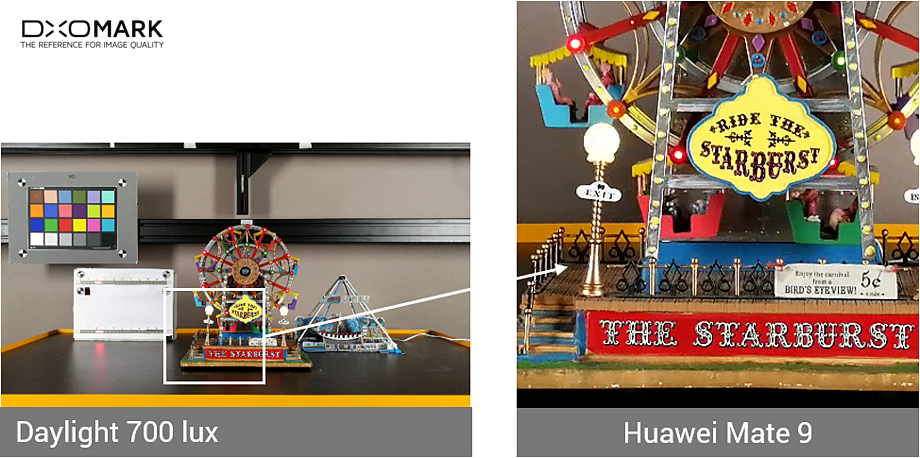
DXOMARK encourages its readers to share comments on the articles. To read or post comments, Disqus cookies are required. Change your Cookies Preferences and read more about our Comment Policy.